 As the seasons shift and fall settles in, it’s the perfect time to take advantage of the bountiful seasonal produce that boosts your nutrition and supports an active lifestyle. The cooler weather and fresh produce available at this time of year provide not only a delicious variety but also essential nutrients that help you stay energized, strong, and healthy. Whether you’re training for a race, hitting the gym, or simply maintaining your fitness routine, embracing fall produce can give your body the fuel it needs.
As the seasons shift and fall settles in, it’s the perfect time to take advantage of the bountiful seasonal produce that boosts your nutrition and supports an active lifestyle. The cooler weather and fresh produce available at this time of year provide not only a delicious variety but also essential nutrients that help you stay energized, strong, and healthy. Whether you’re training for a race, hitting the gym, or simply maintaining your fitness routine, embracing fall produce can give your body the fuel it needs.
Power Your Workouts with Root Vegetables
Fall brings with it an abundance of root vegetables like sweet potatoes, carrots, and beets, which are excellent sources of complex carbohydrates. These carbs provide slow-releasing energy, perfect for fueling your workouts and helping you power through longer sessions without the dreaded energy crash. Sweet potatoes, for instance, are packed with vitamin A, fiber, and potassium—ideal for supporting muscle function and recovery.
Roasted root vegetables can be a simple yet satisfying addition to any meal, offering both nutrition and comfort as the weather cools. Try incorporating them into your pre-workout meals to ensure you have the energy reserves needed for optimal performance.
Fiber-Rich Apples and Pears to Keep You on Track
Apples and pears are at their peak in the fall and are not only tasty but also rich in fiber. Fiber is crucial for keeping your digestive system running smoothly, especially as you increase your nutrient intake to fuel an active lifestyle. The natural sugars in apples and pears can provide a quick energy boost, making them great snack options before or after a workout.
For an easy, on-the-go snack, pair sliced apples or pears with a source of protein like nut butter. This combination will help you stay full longer while giving you the fuel you need to support muscle repair.
Pumpkin for Immune-Boosting Benefits
Pumpkin is a quintessential fall vegetable that offers more than flavor for your lattes. It’s packed with beta-carotene, which your body converts to vitamin A, supporting immune health, vision, and skin integrity. As cold and flu season approaches, adding pumpkin to your diet can give your immune system the extra support it needs. Additionally, pumpkin is rich in vitamin C, another key nutrient that boosts immunity and helps reduce inflammation after intense physical activity.
Add pumpkin puree to soups, stews, or even smoothies to easily increase your intake of this seasonal powerhouse.
By embracing fall’s rich selection of fruits and vegetables, you can not only enjoy the flavors of the season but also fuel your body with the nutrients it needs to maintain an active lifestyle. Whether it’s the sustained energy from root vegetables, the digestive support from apples and pears, or the immune boost from pumpkin, fall produce offers an array of benefits to keep you healthy, strong, and ready for anything.
Looking to optimize your nutrition this season? Connect with a nutritionist at the National Institute for Fitness and Sport (NIFS) to develop a personalized fall meal plan that fuels your fitness goals. Our experts can help you maximize the benefits of seasonal produce while ensuring you get the right nutrients for your active lifestyle. Schedule your consultation today and start fueling your body for success!


 As athletes, we understand the importance of fueling our bodies properly to perform at our best. Whether you're hitting the gym regularly, training for a marathon, or simply aiming to lead a healthy lifestyle, how you balance your plate can significantly impact your energy levels, recovery, and overall well-being. That's why I'm introducing the concept of "Performance Plates" – a simple yet effective way to structure your meals based on your activity level and goals.
As athletes, we understand the importance of fueling our bodies properly to perform at our best. Whether you're hitting the gym regularly, training for a marathon, or simply aiming to lead a healthy lifestyle, how you balance your plate can significantly impact your energy levels, recovery, and overall well-being. That's why I'm introducing the concept of "Performance Plates" – a simple yet effective way to structure your meals based on your activity level and goals.
 Summer is the perfect time to rejuvenate not only your spirit but also your diet. The warmer months bring an abundance of fresh produce, longer days, and a general sense of renewal, making it an ideal time to experiment with new nutritional habits. Here’s how you can make the most of summer by trying new things in your diet.
Summer is the perfect time to rejuvenate not only your spirit but also your diet. The warmer months bring an abundance of fresh produce, longer days, and a general sense of renewal, making it an ideal time to experiment with new nutritional habits. Here’s how you can make the most of summer by trying new things in your diet.
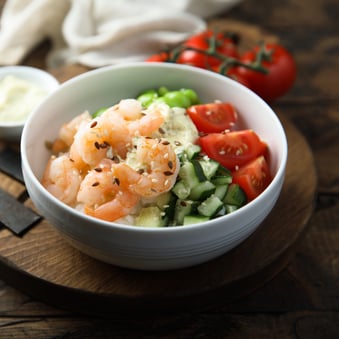
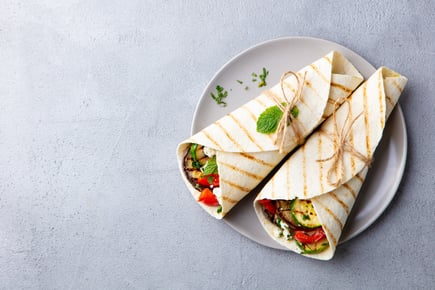 Grilled Zucchini Hummus Wrap
Grilled Zucchini Hummus Wrap 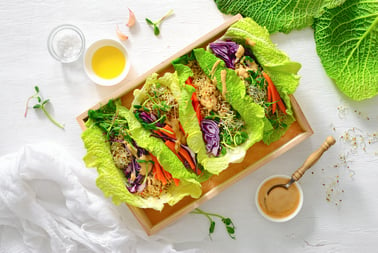 Chicken and Cucumber Lettuce Wraps with a Simple Peanut Sauce
Chicken and Cucumber Lettuce Wraps with a Simple Peanut Sauce 
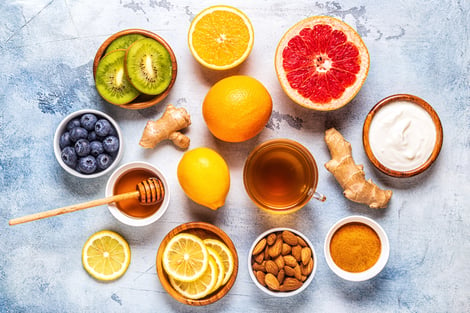 As the weather turns colder and we spend more time indoors, viruses will become more active among the population. Healthy eating can help you boost your immunity. Here are five of the top choices for fighting colds and flu with food.
As the weather turns colder and we spend more time indoors, viruses will become more active among the population. Healthy eating can help you boost your immunity. Here are five of the top choices for fighting colds and flu with food. With inflation at a 40-year high and grocery costs up close to
With inflation at a 40-year high and grocery costs up close to  Did you know it is estimated that food loss and food waste account for more than 8 percent of total human-made greenhouse gas emissions, a leading driver of climate change? According to the US Department of Agriculture (USDA), it is estimated that 30–40 percent of the food supply (130 billion pounds of food) goes to waste each year. Additionally, the United Nations has
Did you know it is estimated that food loss and food waste account for more than 8 percent of total human-made greenhouse gas emissions, a leading driver of climate change? According to the US Department of Agriculture (USDA), it is estimated that 30–40 percent of the food supply (130 billion pounds of food) goes to waste each year. Additionally, the United Nations has 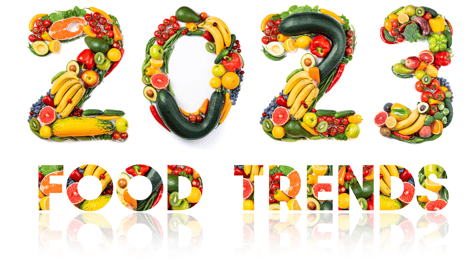 While having a New Year’s Resolution to “lose more weight” isn’t a bad thing, it’s not easy. And depending on how much you want to lose and in what time frame, it’s not always realistic. To benefit your overall health without focusing on your weight, try setting (and sticking to) some of the following nutrition-related resolutions going into 2023.
While having a New Year’s Resolution to “lose more weight” isn’t a bad thing, it’s not easy. And depending on how much you want to lose and in what time frame, it’s not always realistic. To benefit your overall health without focusing on your weight, try setting (and sticking to) some of the following nutrition-related resolutions going into 2023.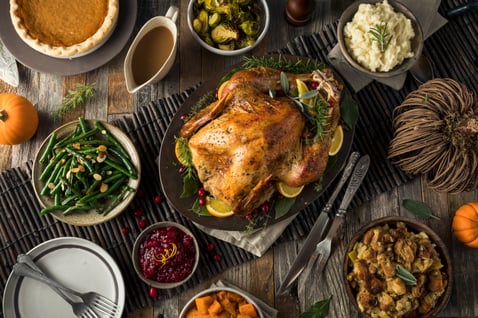 Although the holidays are meant to be a time of joy, they can be stressful for some, especially when you’re trying to lose or maintain weight, or just be more conscious of your eating habits. The best way to avoid these health-related stressors during the holidays is to prepare for them.
Although the holidays are meant to be a time of joy, they can be stressful for some, especially when you’re trying to lose or maintain weight, or just be more conscious of your eating habits. The best way to avoid these health-related stressors during the holidays is to prepare for them. 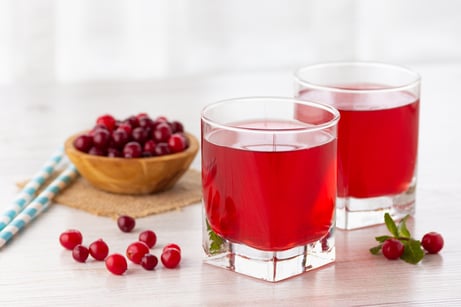 Cranberries and cranberry-derived products are commonly used as a remedy for urinary tract infections, especially among women. Cranberries contain proanthocyanidins (PACs), specifically
Cranberries and cranberry-derived products are commonly used as a remedy for urinary tract infections, especially among women. Cranberries contain proanthocyanidins (PACs), specifically 